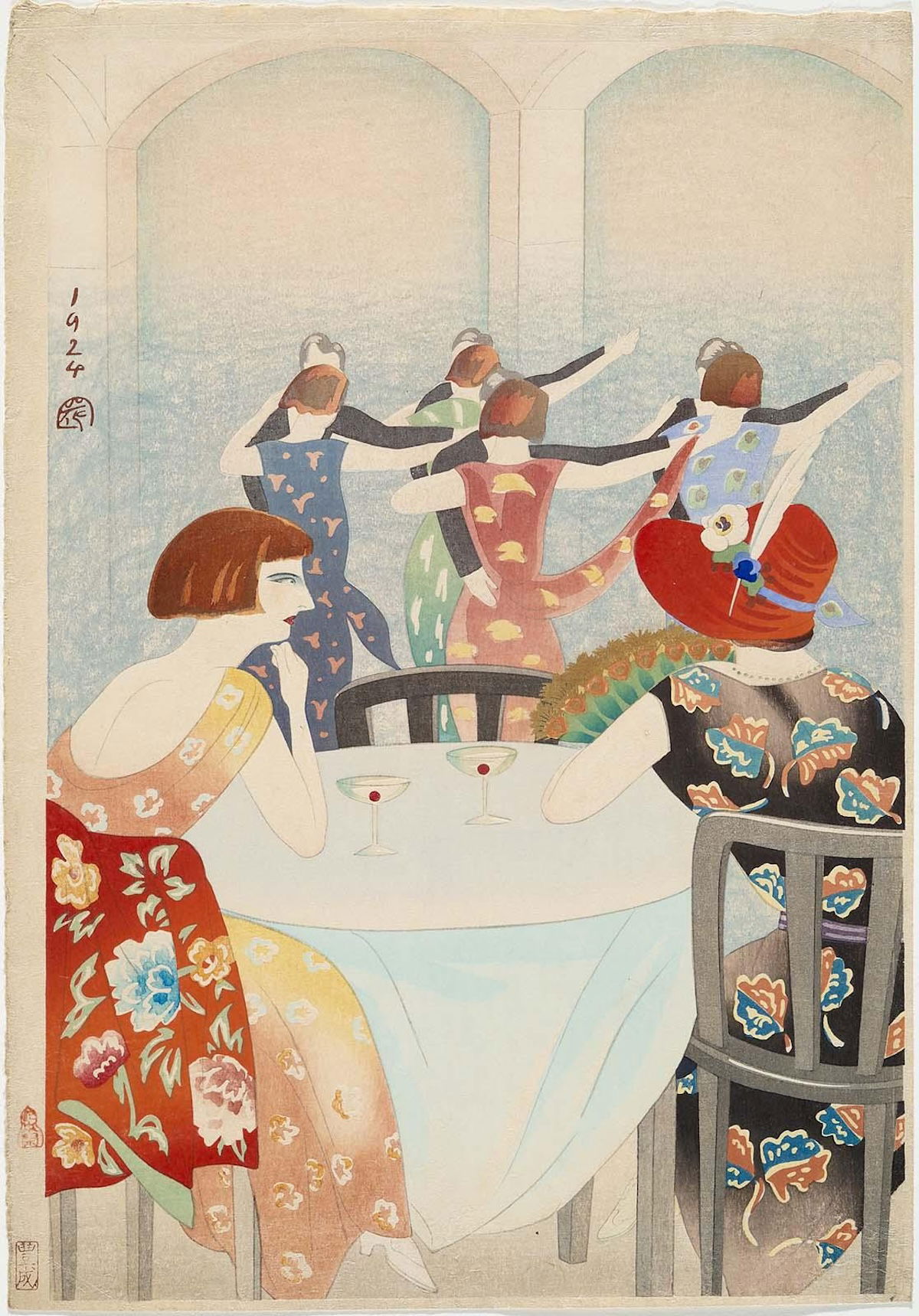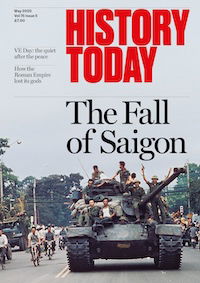‘The Worlds of Victor Sassoon’ by Rosemary Wakeman review
Rosemary Wakeman’s The Worlds of Victor Sassoon: Bombay, London, Shanghai, 1918-1941 is a tale of three cities linked by globalisation and a singular global citizen.

We are sometimes inclined to compare our own imperfect times with the Gilded Age of the late 19th century: global elites wielding extraordinary political and economic power, a yawning gap between the ultra-rich and everyone else, cities plagued with shocking inequalities. Perhaps the interwar years offer a better comparison. In The Worlds of Victor Sassoon, Rosemary Wakeman explores the urban spaces and economies of Bombay, London, and Shanghai in the 1920s and 1930s. This elegantly written work depicts a world where globalisation, seething political ferment, and technological change created instability and strife – and handsome profits for a lucky few.
On the surface, late colonial Bombay and Shanghai appear strange choices for a comparative study with London. London was still the world’s pre-eminent financial hub in 1920 (though New York would soon steal that crown), the world’s largest city, and the capital of empire. Bombay and Shanghai were isolated specks of modernity in countries wracked by endemic poverty and political chaos. But Wakeman makes a convincing case for seeing the three cities as exemplars of a particular type of interwar globalisation: ‘They resembled one another more than they represented their individual countries.’ Wakeman uses the life and fortunes of Victor Sassoon – the Baghdadi Jewish tycoon who flitted between the three cities in the interwar years – as a connecting thread of sorts, his investments and business ventures tying together urban histories.
And those urban histories demonstrate an unassailable fact: despite the misery which followed the First World War and the financial wounds of the Great Depression, the interwar era was a period of remarkable prosperity for all three cities, which underwent profound urban transformations. In Bombay, sleek new apartments in places like Marine Drive broke down strict racial barriers between Europeans and Indians (as well as between Indians). Shanghai’s skyline was increasingly dominated by midrises, built with American construction techniques and featuring amenities like air-conditioning and fire alarms. A Chinese novelist pithily described the city’s glow at night: ‘LIGHT, HEAT, POWER!’ In London, new art deco corporate headquarters broke up gloomy Victorian streetscapes. State-of-the-art factories lining the ‘Golden Mile’ along the Great West Road churned out automobiles, electric goods, and chemicals – at a time when industry in the rest of Britain was undergoing sustained decline. Distances shrank perceptibly through the wireless telegraph, radio, and aviation.
Like today, a country-hopping elite orchestrated this growth. Sassoon was one of a handful of men who channelled money between the three cities, constantly on the move in luxury ocean liners and airplanes to seek out new investment opportunities. These men (and their wives and paramours) contributed to a new cosmopolitan culture which revolved around horse racing, nightclubs with jazz bands, tabloids, and, increasingly, cinema.
Some profound economic revolutions lurked behind this frenetic social circuit. The interwar years, Wakeman argues, were a moment of transition ‘from the gentlemanly capitalism associated with traditional merchant trade to modern forms of capital management’. Sassoon and his money were at the centre of these changes. The Sassoon family had grown fabulously wealthy in 19th-century Bombay through trade in opium and cotton. By the late 1920s, however, the writing was on the wall for Bombay’s textile economy, hampered by colonial regulations and low productivity. In London, Sassoon helped transform the family mercantile business into a modern financial powerhouse, setting up exchange banks and diversifying into massive property investments. Like so many other patrician clans, the Sassoons beat a new path from trade into finance.
Sassoon gambled with his wealth during dangerous times. Disillusioned with India, he relocated to Shanghai in 1931. It was terrible timing. For a few years, he rode a frenzied property boom centred on Shanghai’s International Settlement, the semi-colonial enclave where Americans and Britons called the shots, supported by thousands of foreign troops and gunboats bobbing in the Huangpu River. Simmering Sino-Japanese conflict, however, soon plunged Shanghai into uncertainty. Sassoon was quite literally caught in the crossfire, nearly killed outside his Cathay Hotel after a Chinese soldier mistook him for a Japanese sniper. Perversely, war and instability actually ratcheted up property values in the International Settlement, leading to a windfall before the Japanese occupation of Shanghai drew this era of colonial capitalism to an abrupt end. For Sassoon, the fall of Shanghai – first to the Japanese, then to the Communists – all but wiped out his fortune. He retired to the Bahamas, rich but no longer a titan.
These dramas of rampant speculation, real estate bubbles, and jet-setting elites will sound familiar to 21st-century readers. They could be lifted from the recent histories of new megacities such as Dubai, Baku, Riyadh, or Shenzhen. While London and Shanghai remain extraordinarily unequal cities, it is Mumbai (as Bombay was renamed in 1995) which still best encapsulates the spirit of interwar capitalism described by Wakeman. Across the city, a new property boom has choked the air with the dust of those art deco buildings from the interwar years, levelled to make way for glass and concrete towers. Mumbai’s modernity, it is true, has been chipped away by decades of misgovernance; its cosmopolitanism dimmed by Hindutva politics. But perhaps nowhere else do so much wealth and poverty sit side by side, so much opportunity alongside so much despair. Here is a city where a plutocrat like Mukesh Ambani can build a 27-storey house for himself despite the fact that nearly half of Mumbai’s residents crowd into jerry-rigged slum dwellings. It is a world that Victor Sassoon would recognise. There is money to be made.
-
The Worlds of Victor Sassoon: Bombay, London, Shanghai, 1918-1941
Rosemary Wakeman
The University of Chicago Press, 264pp, £30
Buy from bookshop.org (affiliate link)
Dinyar Patel is Associate Professor of History at the S.P. Jain Institute of Management and Research in Mumbai.






